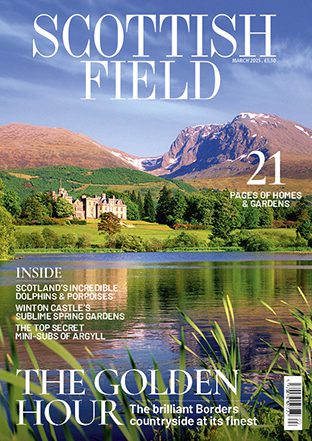
Sponsored Content: Creating a Seamless Indoor-Outdoor Look with a Garden Sofa Set
Harmonizing Interiors and Exteriors
Integrating the atmosphere of your indoor living areas with your exterior space transforms the way your home feels and looks. Extending interior styles outward unites two traditionally separate zones, forming a cohesive visual narrative. Consider your garden sofa set as the cornerstone in achieving this blended aesthetic. By thoughtfully selecting complementary furnishings, accessories, and color schemes, your home becomes an extension of its outdoor surroundings, effortlessly enhancing both areas.
Selecting Your Garden Furniture Wisely
Choosing the appropriate garden sofa set remains essential for establishing harmony between your home’s interior and outdoor environment. Thoughtful coordination demands paying close attention to fabric textures, patterns, and furniture frames. For instance, if your interiors showcase minimalist decor with clean lines, selecting an outdoor seating arrangement featuring modern silhouettes and muted tones accentuates continuity. On the other hand, a bohemian-themed interior pairs attractively with vibrant, patterned upholstery and woven materials outdoors, injecting cohesion and personality into every corner.
Coordinating Colors for Consistency
To achieve visual unity, carefully blend indoor and outdoor color palettes without being overly repetitive. Employ similar color families rather than identical shades to maintain balance and interest. If warm earth tones characterize your indoor area, subtly complement these with neutral or lightly pigmented outdoor cushions. Alternately, vivid hues inside call for understated or slightly muted variations externally, reinforcing harmony without monotony.
Complementary Patterns and Textures
Patterns and textures play significant roles in uniting interior and exterior spaces. While duplicating exact patterns throughout may feel redundant, pairing complementary textures ensures visual intrigue. Indoors, soft fabrics like velvet or silk create comfort, whereas outdoor materials such as wicker, linen, or textured acrylic fabrics contribute durability and appeal. Mixing varying fabric weights generates depth and enhances the sensory experience, lending each environment a distinct yet harmonious character.
Accentuating with Decorative Elements
Decorative details are pivotal for achieving visual unity without repetitiveness. Consider indoor accessories and choose subtle outdoor accents that echo these elements in shape or theme, creating consistency across both spaces. Vases, lanterns, decorative bowls, or lighting fixtures can connect distinct areas elegantly. Choose metallic finishes, ceramics, or glass decor that mirror indoor selections, delivering understated coordination that captivates without overwhelming.
Embracing Natural Elements
Another effective strategy to seamlessly unite indoor and outdoor spaces involves embracing natural elements. Incorporating greenery indoors provides continuity with outdoor plant life, fostering fluid transitions between both realms. Indoor plants or botanical-themed decor paired effectively with lush exterior landscaping amplify the seamless visual narrative. Meanwhile, outdoor containers matching indoor planters or pots further connect these separate areas, creating nuanced cohesion.
Flooring and Rugs as Connective Features
Floor treatments significantly influence visual perception. Similar or compatible flooring materials indoors and outdoors enable smooth transitions. Wooden flooring indoors complemented by wooden decking outdoors provides coherent unity. Alternatively, rugs serve as connective elements, echoing indoor textures or patterns outdoors. Carefully selected outdoor rugs extend interior style into exterior spaces effortlessly, softening transitions while preserving individuality.
Lighting for a Cohesive Ambience
Lighting dramatically affects the perceived continuity between interior and exterior spaces. Consistent illumination levels and complementary lighting fixtures foster visual cohesion. Incorporating similar lighting styles, such as subtle, warm illumination indoors and outdoors, creates a smooth visual flow. Strategically placing lamps, sconces, or lanterns outdoors, mirroring indoor fixtures, subtly maintains unity without redundancy.
Achieving Effortless Integration
Ultimately, creating an effortlessly unified indoor-outdoor aesthetic hinges on mindful attention to detail, variety, and subtlety. A well-curated garden space synchronized visually with indoor living areas enriches home comfort and aesthetic appeal. Thoughtful selections and intentional coordination make your indoor and outdoor spaces functionally connected, allowing each area to uniquely contribute to a harmonious, beautiful, and inviting whole.
TAGS

